The Minor Planet Center is announcing a
bevy of new moons for Saturn that will bring its total to 145 (and break Jupiter's record).
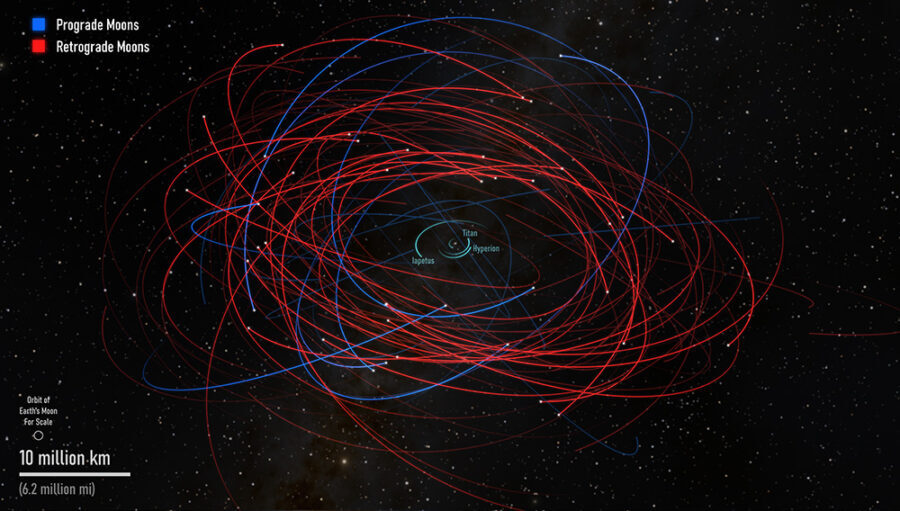
© K LyThis diagram shows the present-day orbits of the 41 new moons published so far, color-coded by the direction of their orbits (blue for prograde, in the direction of Saturn's rotation, and red for retrograde). The diagram is shown to scale; the size of the Earth's moon's orbit is shown for comparison at lower left.
Saturn has reclaimed the record for most moons in the solar system with the
discovery of 62 new moons. All are only a few kilometers in size and have orbits far from the planet that indicate their origin: Saturn captured these rocks at some point in the past.
As of press time, the Minor Planet Center (MPC) has published the orbits of 41 new moons in a series of announcements, called Minor Planet Electronic Circulars, issued between May 3rd and 10th. Brett Gladman (University of British Columbia, Canada) said May 11th that the center would release orbits for an additional 21 moons shortly. That will bring Saturn's total moon count to 145, including 24 "regular" moons, which formed around the planet, and 121 smaller, "irregular" moons on wide, elongated, and tilted orbits.
The new reports more than double Saturn's number of irregular moons, leaving Saturn far ahead of Jupiter's 95 moons, which had put Jupiter in first place earlier this year.
The torrent of Saturnian discoveries comes from a series of observations that Edward Ashton (now at Academia Sinica Institute of Astronomy and Astrophysics, Taiwan) and colleagues, including Gladman, made with the Canada France Hawaii Telescope from 2019 to 2021. Their initial goal was to study the sizes of moons orbiting Saturn, and in 2021 they
reported the size distribution of the small irregular moons. The larger amount of smaller moons indicates a recent (100 million years ago) collision between two objects around Saturn. To record faint moons down to a couple kilometers in size, the group stacked series of images, a method used previously to search for moons around Uranus and Neptune, but not previously for Saturn.
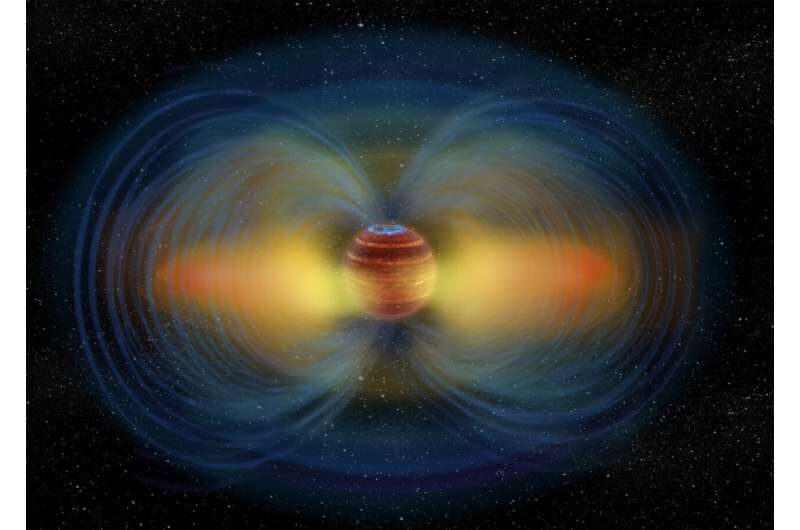


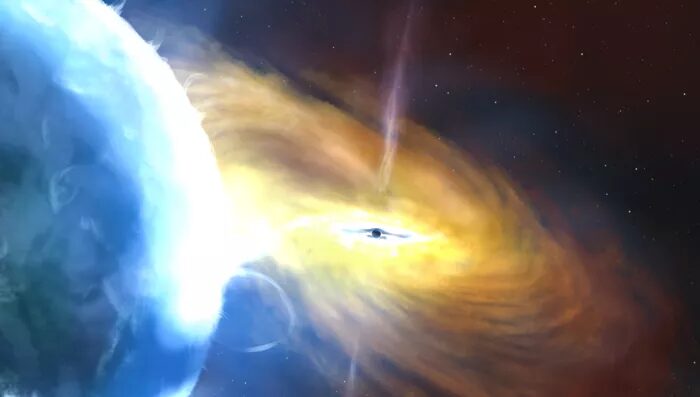

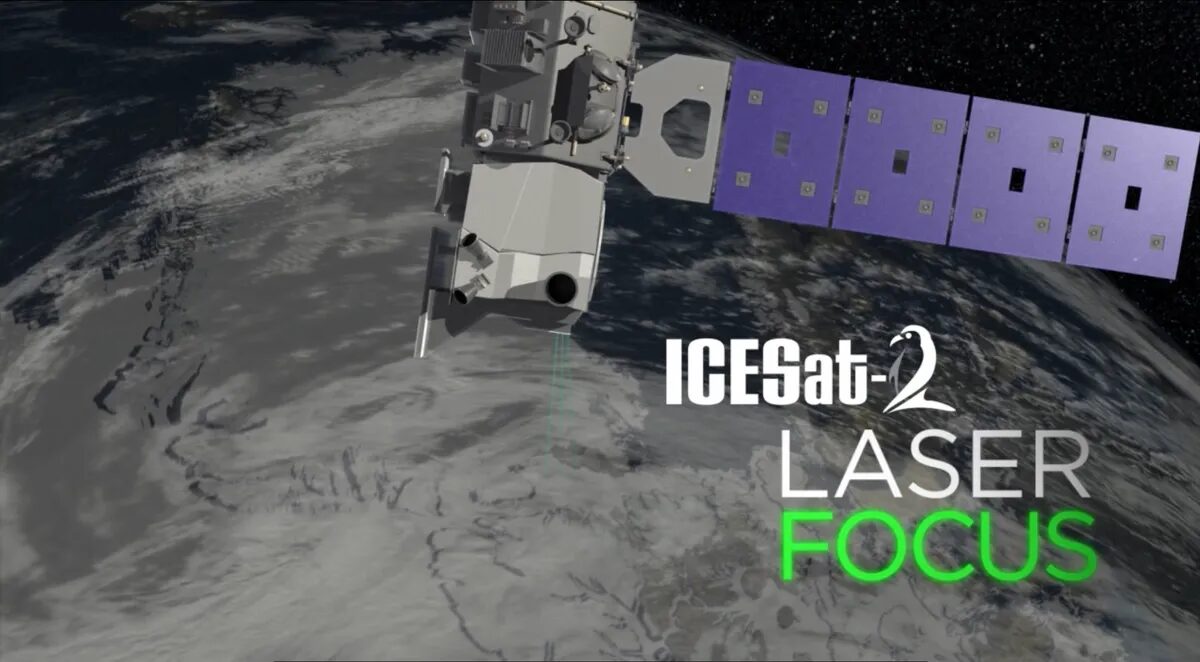
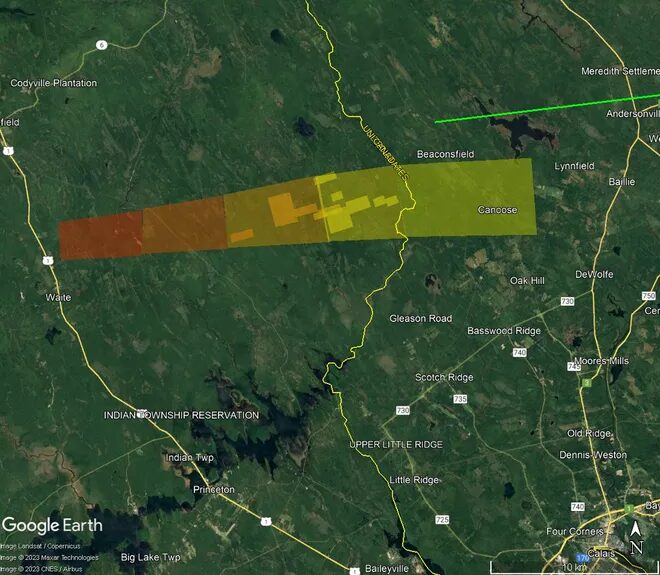
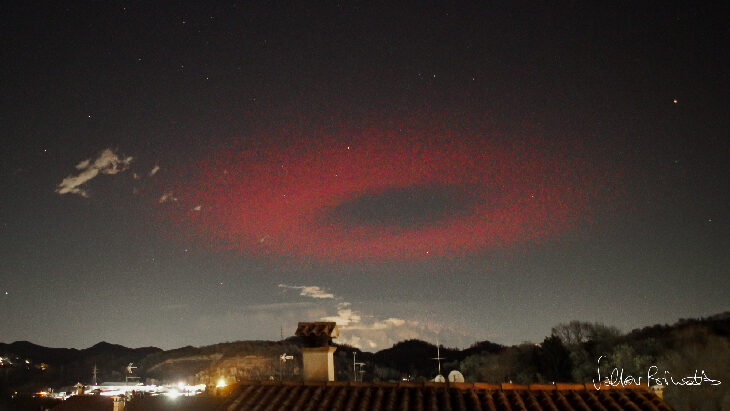
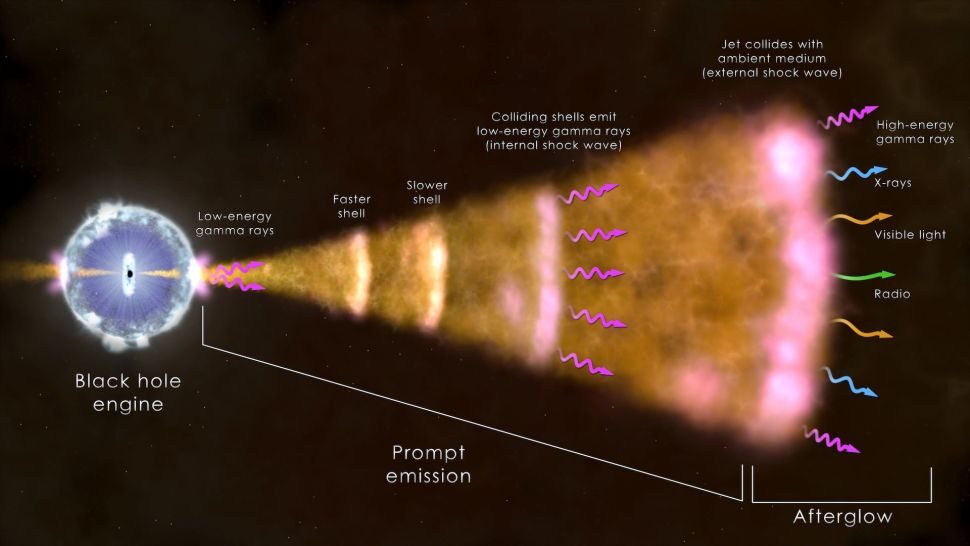
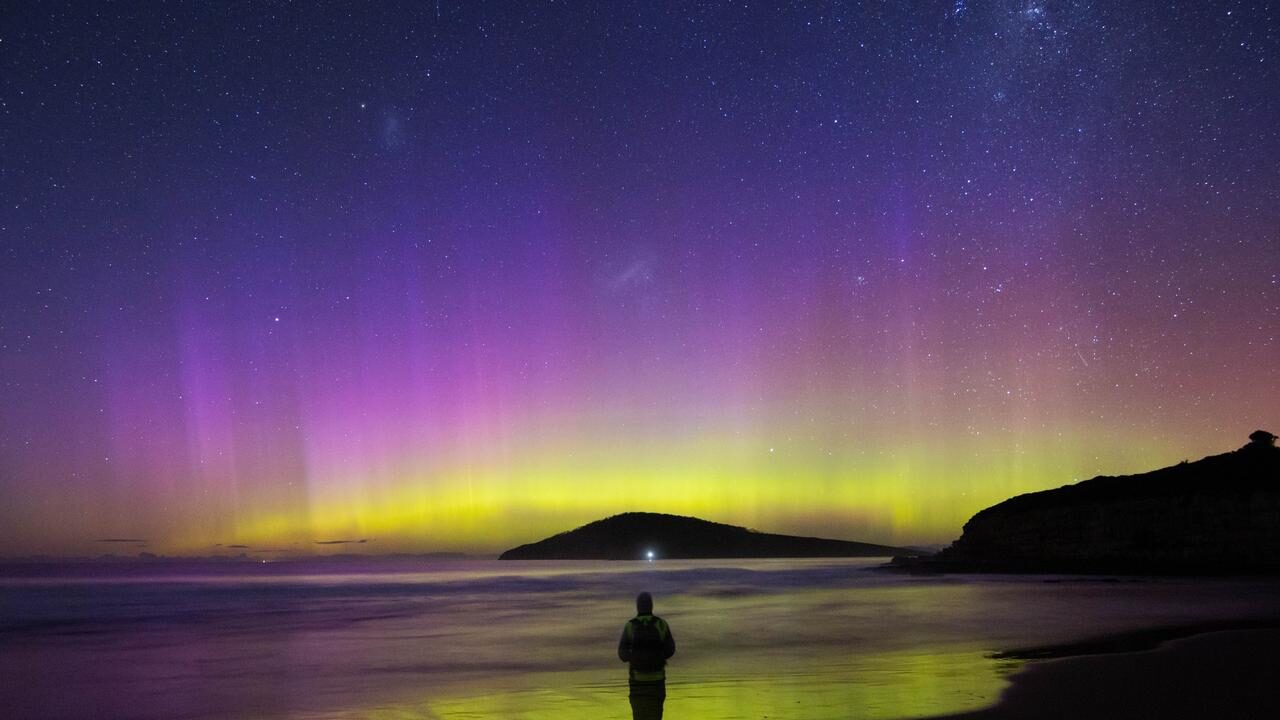



Comment: See also:
- Rare blue jet atmospheric phenomenon photographed over Texas, several sighted in one night
- Cosmic climate change: 'Space plasma hurricane' observed in ionosphere above North Pole!
- Energy from solar wind favors the north, surprising scientists
- The Seven Destructive Earth Passes of Comet Venus
- Planet-X, Comets and Earth Changes by J.M. McCanney
- Gulf Stream System at its weakest in over a millennium, last significant decline recorded during the little ice age
- Electric currents driven by solar wind create Saturn's auroras, heat planet's atmosphere - NASA
And check out SOTT radio's: